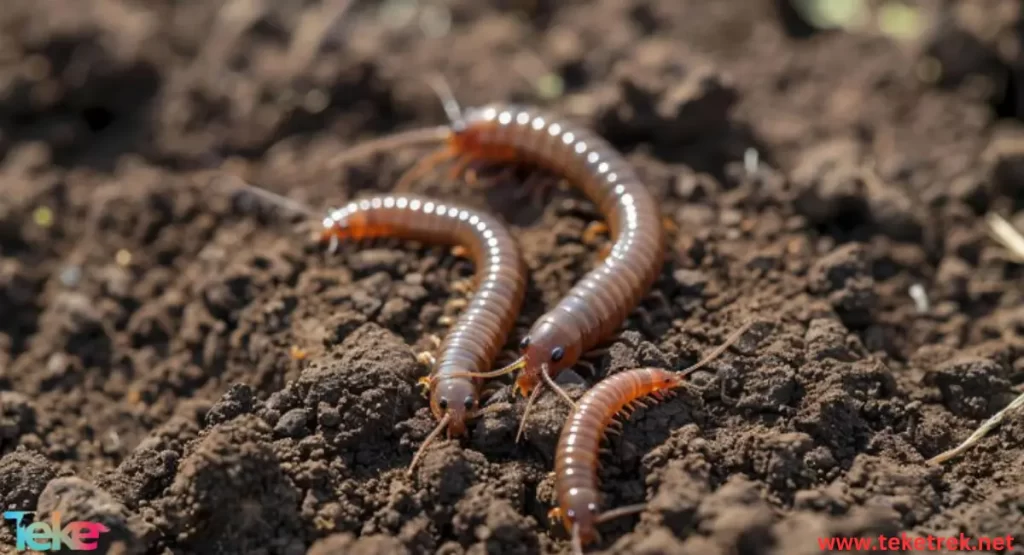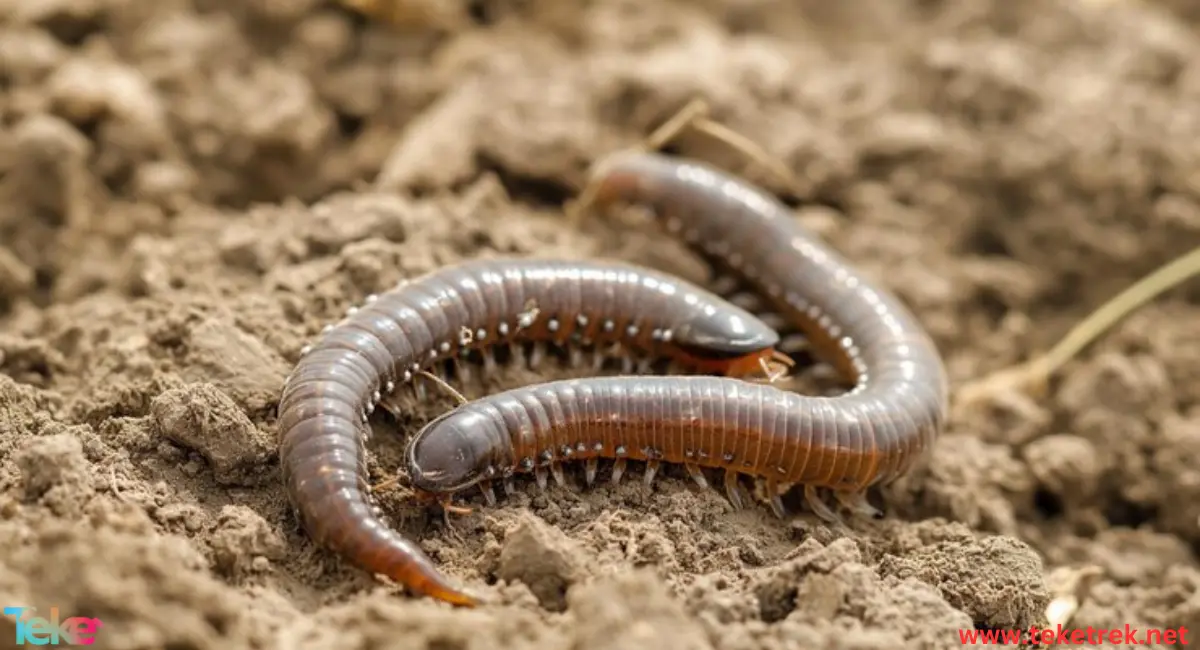Annelids are one of the animal phyla that are divided into several species, each with a different shape and food pattern.
Below on the teketrek website, we talk more about it, what are its types, characteristics, and feeding methods.

An introduction to annelid worms
Annelids, also called annelids or leeches, in English Annelida, which is derived from the Latin anellus, meaning small ring, is a large phylum in the classification of animals. It consists of a worm group of over 15,000 species, including earthworms and leeches.
Characteristics of annelid worms
The most prominent characteristics of annelid worms are:
- Annelids are adapted to live in various environments including marine, freshwater and terrestrial.
- It has a worm-shaped body and a bastrum.
- Each mind is separated from its surroundings by a transverse barrier.
- Annelids vary in length, ranging from millimeters to three metres.
- It has nephridates and coelomic ducts, which perform the functions of excretion and reproduction.
- Some types of annelid worms are parasitic and others are mutualistic.
- It has a hydrostatic structure surrounded by thin, bendable ice.
- Sometimes they have hair-like spines that protrude from the body wall.
- Annelid worms have three embryonic leaflets, and the body’s muscles consist of two circular outer layers and a long inner layer.
- The nervous system of annelid worms is central and consists of a preoral ganglion connected to two ventral cords that have nerve ganglia.
- The circulatory system of annelid worms is closed and tubular.
- Sometimes reproduction involves conjugation, where cleavage is spiral, and development is determinate.
Classification of annelid worms
The annelid phylum is divided into three classes, which are as follows:
- Class Oligochaeta: eg earthworm.
- Class Polychaeta: marine worms, e.g. heliworms and spiny worms. It has a head area that includes sensory organs and eyes.
- Class Hirudinea: These are parasitic leeches with a flat body, without spines or hairs. Most of them live in fresh water where they attach themselves to the host. In addition, their saliva contains some chemicals that reduce body swelling and prevent blood clotting.
Nutrition in annelid worms
The type of food for annelid worms varies according to their type:
Polychaete food
- Annelids are gnawing predators, possessing powerful jaws, a proboscis, and a living apparatus.
- Diggers may be filtering feeders, drawing water into the burrow and extracting food from it using various mucous nets.
- They may also eat sand and mud to extract their food by digesting the animals and plants contained in this sand and mud. The majority of tubeworms are planktonic feeding, raising their tentacles on the surface of the substrate and passing water through the heavily fringed surface of the tentacles. There are sensory cells that may be mechanical receptors that produce protective reactions. Species that feed on sediments, such as the Terbella, search large areas of the bottom, pushing and constantly pulling the tentacles to the front end.
- The food is moved in the gutter by the cilia on the surface.
Oligochaete food
- Annelids are a class of herbivores that eat leaves and other plants. They obtain their food from the surface and ground during the digging process.
- Its digestive tract has also modified to accommodate a variety of meals, as its digestive enzymes contain cellulose and chitin-digesting enzymes.
Leech food
- Brainworms are considered the most specialized type of annelid in terms of nutrition, and most of them are temporary external parasites.
- It feeds through sucking methods after penetrating the surface of the host using its hard teeth present in the oral cavity.
- They may also feed on large amounts of blood, which remains liquid in the crop thanks to the secretion of the anti-coagulant hirudin. Digestion is slow and occurs by bacteria, and they have lost the ability to produce hydrolytic enzymes.
- Moreover, a small portion of both leeches and oligochaetes live as permanent parasites.


FAQ
Among the most common questions about ringworms are:
- What distinguishes annelid worms is that their bodies are not divided?
False: Annelids have segmented bodies.
- Why is it called Annelida?
Because it has a body divided like rings.
- Are annelid worms asexual?
Annelids reproduce in both sexual and asexual ways.
- What type of worms are annelids?
It includes more than 15,000 species, including earthworms and leeches.
In short, the annelid phylum has adapted to live in various environments, and has three classes that differ from each other in terms of nutrition.






